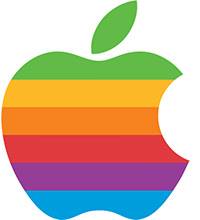
Apple may look like it’s coloring outside the lines with the new gold iPhone 5S and rainbow-colored range of budget iPhones, but looks can be deceiving.
Sure, the company has never made a gold iPhone before. Neither has it ever offered a budget version, much less one clad in a fruit-colored plastic shell. But that doesn’t mean the changes are totally foreign to the Apple aesthetic or design history.
Here’s how they fit in.
Taste The Rainbow
Hardcore tech snobs belittle the conversation about color palette. It’s superficial, they say, particularly when there are more important things to consider—like technical specifications, features and price points.
But for a company as design-centric as Apple, a change in color palette is no small matter. This is the same company that once saw a sea of beige computers, including its own Macintosh, and said, “No more.” (Actually, the message came from designer Jonathan Ive and newly reinstalled CEO Steve Jobs.)
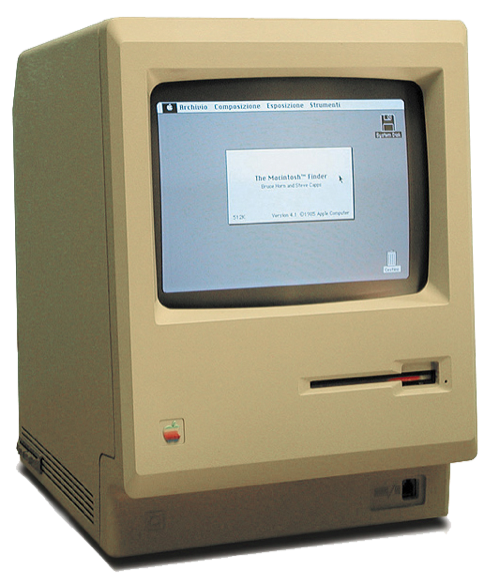
The 1998 debut of the iMac G3 in Bondi Blue seemed like a breath of fresh of air.
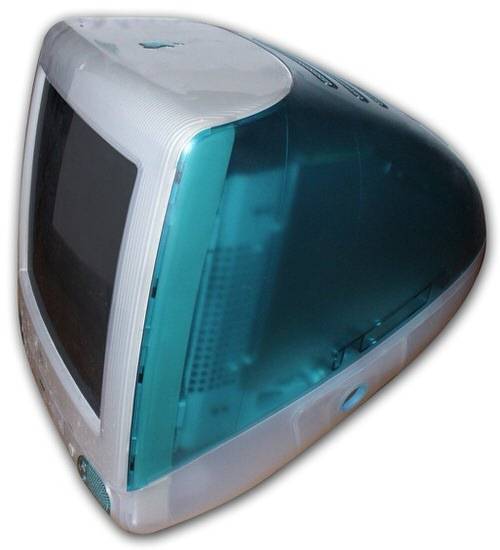
This begat the iMac G3 in a range of colors. Apple laptops went through a similar transformation, going from chunky, black Powerbooks to curvy iBooks swathed in fruit flavors.
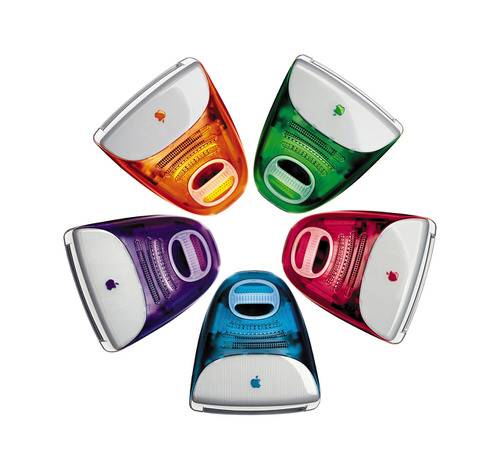
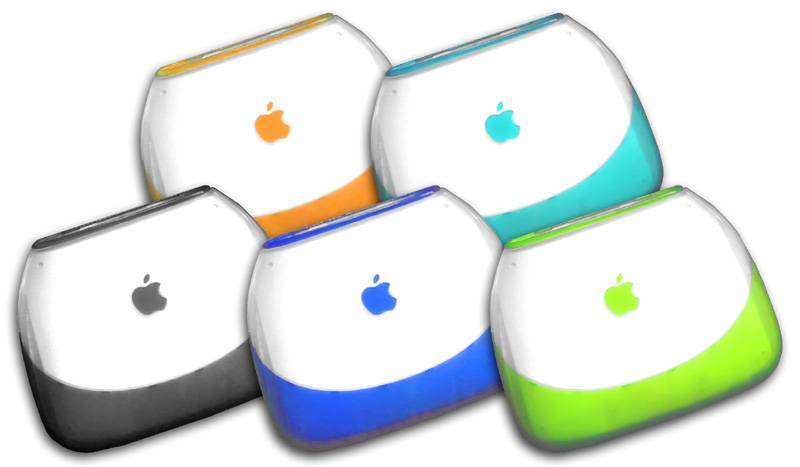
Of course, that doesn’t mean there weren’t some missteps along the way.
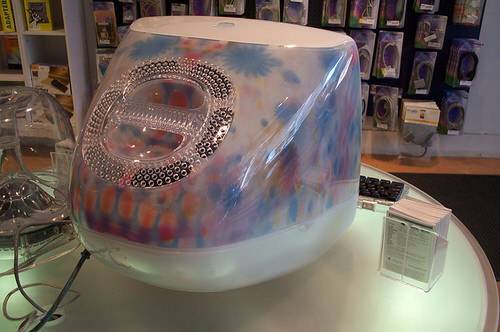
Offerings like these transformed personal computers from stodgy productivity tools into stylish, droolworthy devices. They also laid the groundwork for the next major iProduct revolution in 2001: the iPod.
Apple initially offered the portable music player in only one color at first, then in black or white. Eventually various scaled-down models and colors hit the scene. Sound familiar? That’s the same strategy Apple may be deploying now with the iPhone.
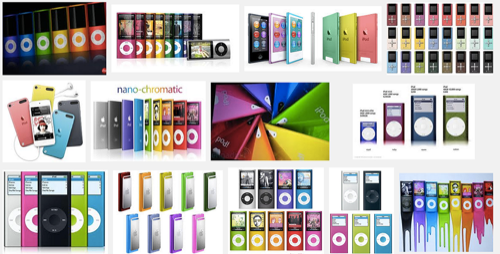
Apple’s anodization process—an electrochemical process that uses rust to color the aluminum exterior—enabled the array of colors. And the iPod touch got the treatment last year, when it came out in an array of shiny, metallic colors.
But this time around, the budget iPhone 5C isn’t taking advantage of this. The likely reason: cost. If the idea is to make a less expensive variation of the Apple smartphone, then cheaper plastics are a natural choice over pricey anodized finishes.
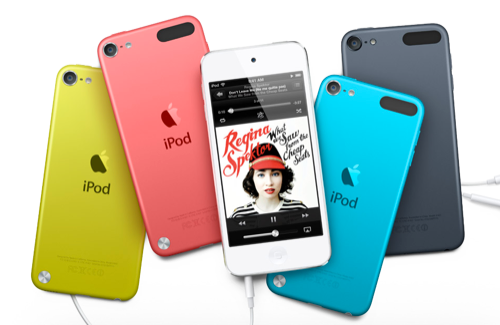
Luckily, colored plastics are easy to come by. That’s good news for a company with a tradition of using color strategically to freshen up product lines. And it just so happens to come during a time when competitors like Motorola are offering bespoke device designs.
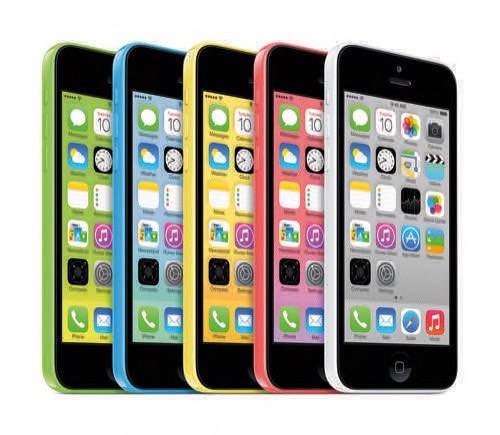
The new palette not only reduces cost, it also separates the budget handset from its premium, next-generation cousin, the chic gold iPhone 5S.
Why Apple Is Dipping The iPhone 5S In Gold
It’s the color of the Academy Award’s renowned “Oscar.” The Olympics adorn winners with it. And this summer, the value of the precious metal rose back up the charts.
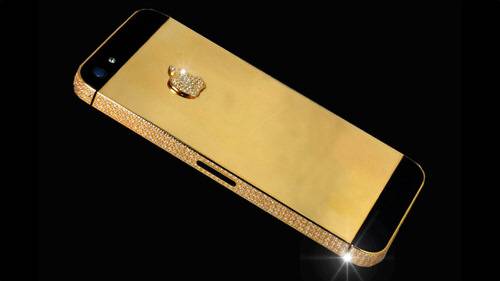
For the real thing, complete with black and white diamonds, the obscenely affluent have Stuart Hughes, which charged a Chinese businessman upwards of $15 million dollars (£10 million) for an iPhone 5 clad in genuine 24 karat gold. (iPad more your speed? Then check in to Dubai’s Burj Al Arab hotel, where you can borrow a gold-plated tablet along with a Rolls Royce and helicopter.)

No wonder Apple swathed its full-fledged upgrade in gold. It works with the company’s luxury/premium branding. It may also fit in with Jony Ive’s personal taste, if the home he bought last year is any indication. When Sotheby’s showed the $17 million home in San Francisco’s “Gold Coast,” it was largely decked out in gold tones and luxe accents. And, like Austin Powers’ Goldmember villain, it seems Sir Ive just couldn’t resist it.
The current Apple senior vice president of design has a renowned penchant for simplicity, and he manages to show restraint here by eschewing “bling” for a subdued and sophisticated hue. The word “champagne” has been used to describe the color (even though the French wine industry would prefer otherwise). Whatever you call it, it’s still new for the iPhone…even if it isn’t brand new to the company’s other devices.
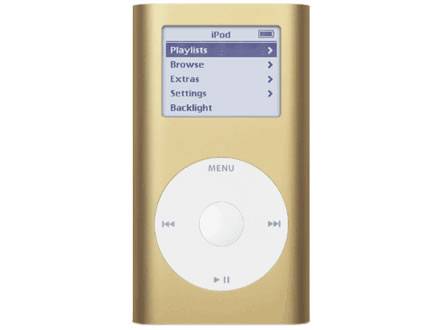
The fifth generation iPod Shuffle also managed to avoid the tacky, shiny gold ingot finish, though its “orange” color was more vibrant—closer to 24 karat gold instead of 14.
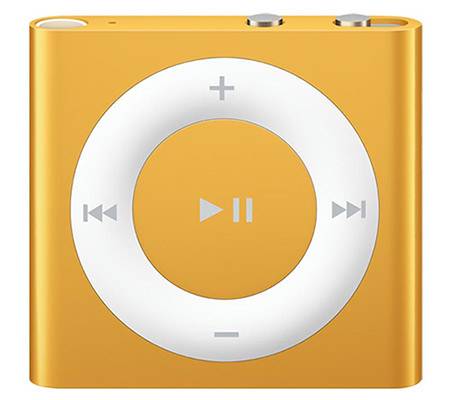
Consider this dabbling a preamble to Apple’s current strategy, which is likely happening now due to some genuine business reasons. Gold is a popular choice in after-market iPhone cases and other colorization treatments—particularly in places like India and China, where Apple has been intensely interested in expanding marketshare. A gold-colored premium handset would likely be a major hit in these regions.
Unfortunately for users around the world, the change could have other unintended effects. After all, during a time when smartphone thefts are rampant, it’s easy to imagine gold iPhones becoming irresistible targets for thieves. Perhaps that’s why iOS 7 now offers Touch ID fingerprint security and Activation Lock. The latter links an iOS device to an Apple ID, barring resets without authentication. These features appear to present a rather daunting proposition to thieves, though we won’t know if that alone will be enough to deter criminals just yet.
Assuming, that is, that mainstream customers flock to gold phones. So far, it has been a struggle to find a company that has managed to do them right. (Your mileage may vary, but as far as I’m concerned, this one from luxury tech brand Vertu just isn’t it.)
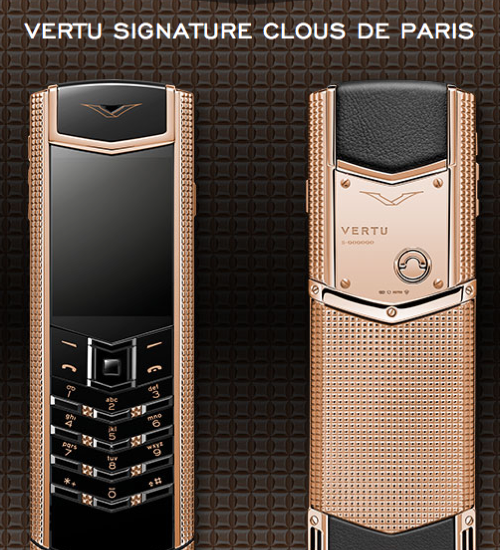
Maybe Apple will fare better. After all, it does have a knack for setting trends. But either way, it’s clear that this launch period will be pivotal. Because if the iPhone maker doesn’t succeed—if it introduces much-hyped changes that fail to catch on—the conversation won’t really be about color anymore. It will be about Apple, and whether it has lost its Midas touch.
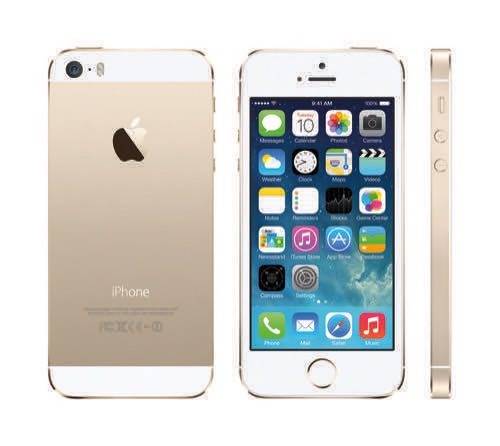
Courtesy of Wikipedia: Apple Computer logo, Macintosh, iMac in Bondi Blue, iBooks, iMac “Flower Power”; iPod touch photo courtesy of Apple; iPhone 5S photo screencapped from YouTube video courtesy of DetroitBORG; iPhone 5C photo screencapped from YouTube video courtesy of iCrackUriDevice; Austin Powers in Goldmember image screencapped from YouTube video courtesy of generalshrooms; Vertu image courtesy of Vertu. All other Apple product images courtesy of Apple.









